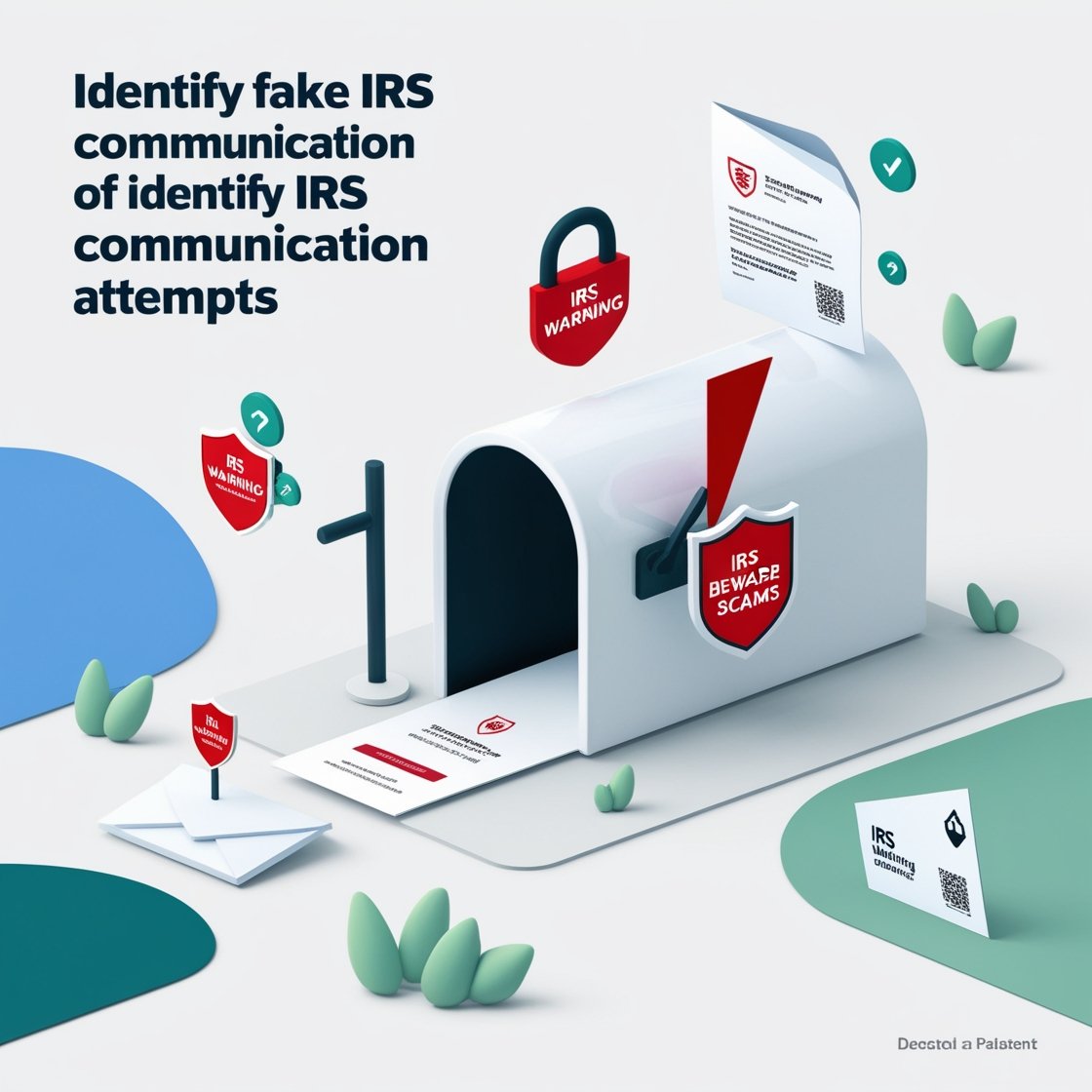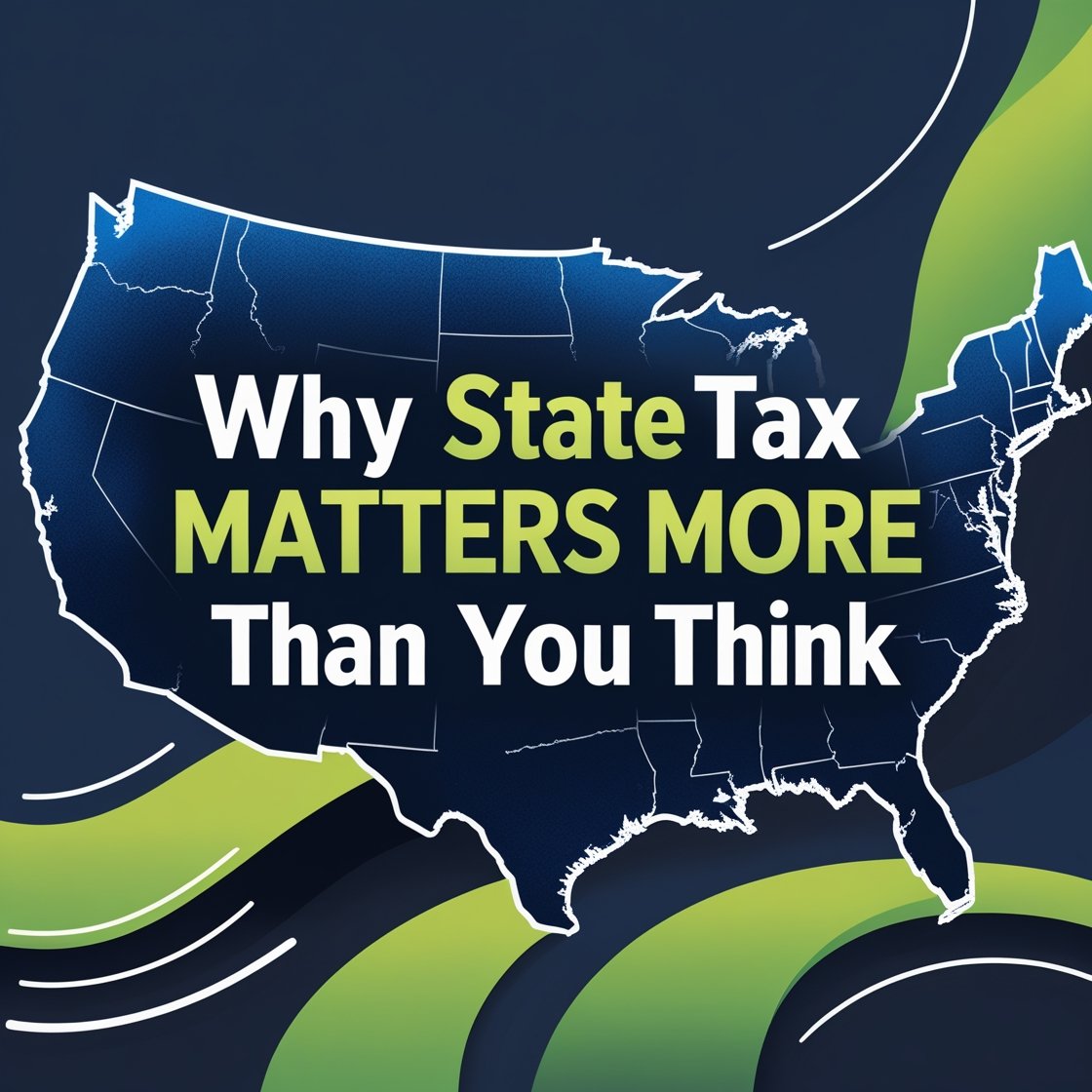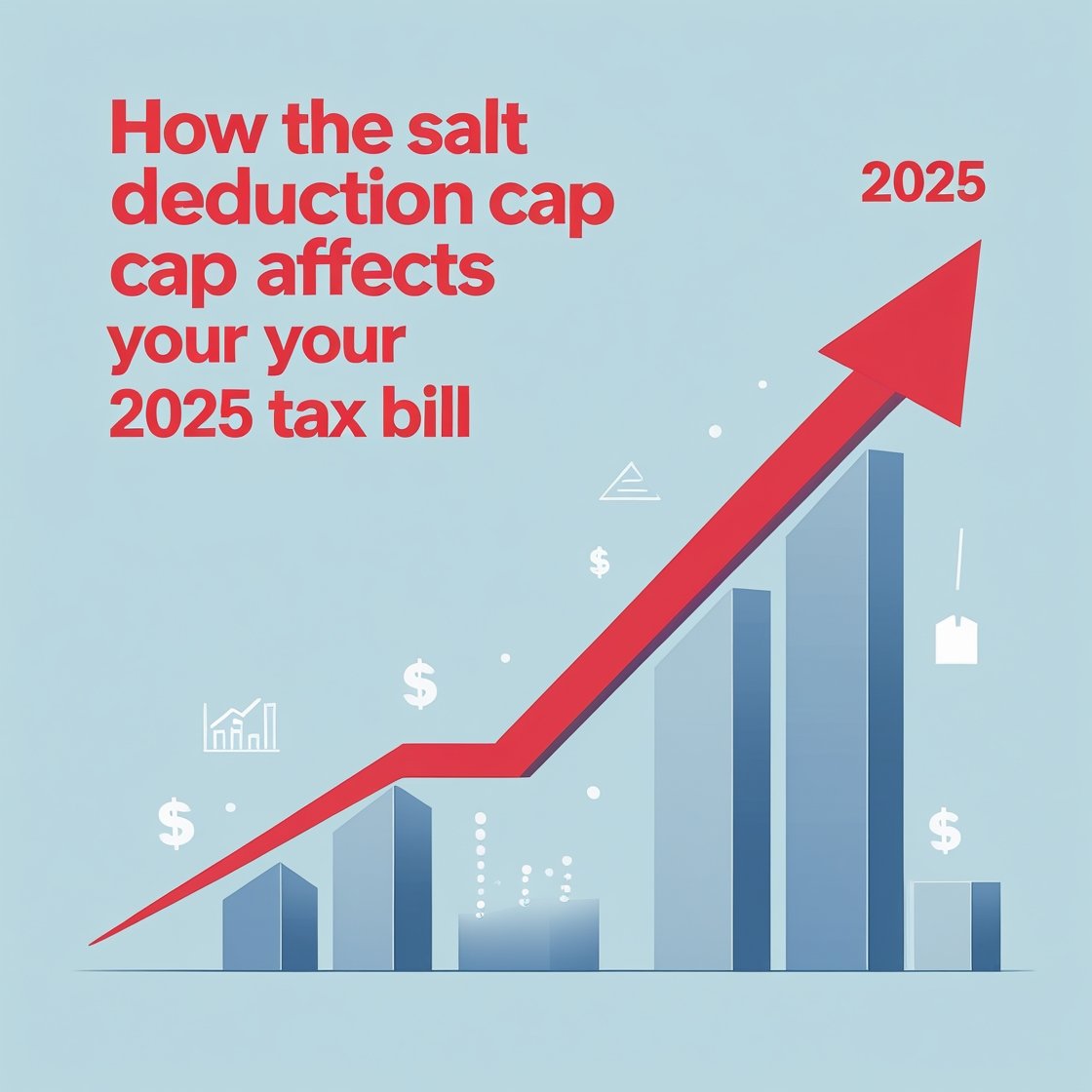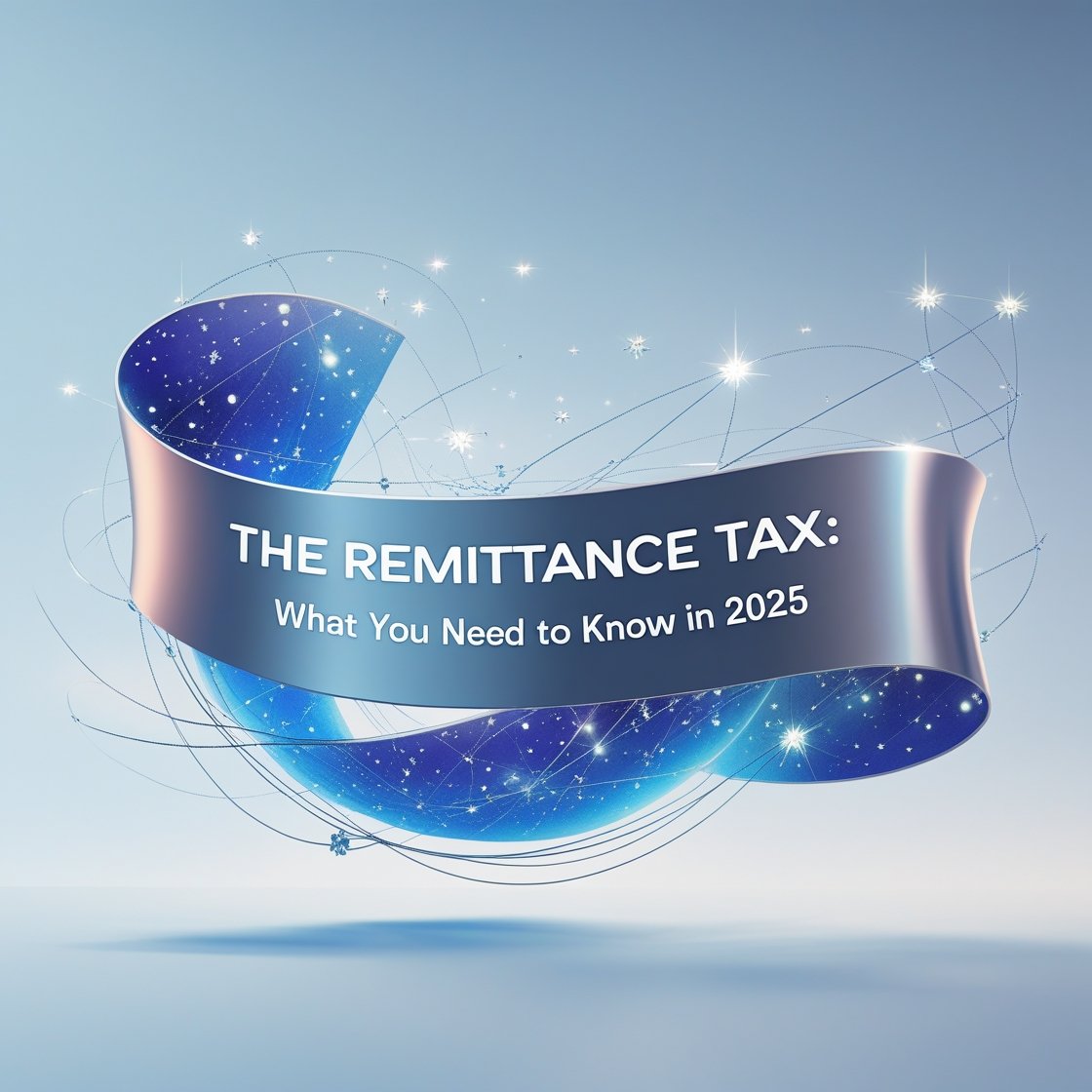The Internal Revenue Service (IRS) is a critical part of the U.S. tax system, responsible for collecting taxes and enforcing tax laws. Unfortunately, scammers often impersonate the IRS to steal personal information or money. As these scams become more sophisticated, it’s essential to know how to spot fake IRS communications. Here are some tips to protect yourself and your finances.
1. The IRS Never Initiates Contact via Email, Text, or Social Media
The IRS does not communicate through email, text messages, or social media to request personal or financial information. If you receive an unsolicited message claiming to be from the IRS on these platforms, it’s a scam. Do not click on links or download attachments, as they may contain malware.
2. Be Wary of Phone Calls Demanding Immediate Payment
While the IRS does make phone calls in certain cases, they will never:
- Demand immediate payment over the phone.
- Threaten to involve law enforcement or immigration authorities.
- Ask for payment through unconventional methods, such as gift cards, cryptocurrency, or prepaid debit cards.
Scammers often use aggressive tactics to intimidate their victims. If you feel pressured or threatened, hang up immediately.
3. Official IRS Communications Usually Begin with Mail
The IRS’s primary method of communication is through the U.S. Postal Service. If you owe taxes or need to provide additional information, you will receive a letter or notice. Always verify the legitimacy of the correspondence by checking the IRS’s website or contacting them directly at their official phone numbers.
4. Look for Signs of Fraudulent Letters
Scammers sometimes send fake IRS letters. To verify authenticity:
- Check the IRS logo and letterhead for any inconsistencies.
- Review the provided contact information. Cross-check it with the official IRS contact details at gov.
- Be cautious if the letter demands immediate payment without explanation or threatens severe consequences.
5. Verify IRS Agent Credentials
If an individual claiming to be an IRS agent contacts you in person, request their official credentials. Every IRS agent carries two forms of identification: a pocket commission and an HSPD-12 card. Do not hesitate to verify their identity by calling the IRS directly.
6. Report Suspected Scams
If you suspect a scam, take the following steps:
- Email Scams: Forward phishing emails to phishing@irs.gov.
- Phone Scams: Report the call to the Treasury Inspector General for Tax Administration (TIGTA).
- Mail Scams: Send the suspicious correspondence to the IRS’s physical address for investigation.
7. Trust Only Secure IRS Payment Methods
The IRS accepts tax payments only through official channels, such as:
- Direct Pay on the IRS website.
- Electronic Federal Tax Payment System (EFTPS).
- Mailed checks or money orders payable to the “United States Treasury.”
Never make payments to individuals or third-party accounts.
8. Stay Informed About Common Scams
Scammers often use similar tactics, such as pretending to offer tax refunds or threatening audits. Stay updated by visiting the IRS’s “Tax Scams/Consumer Alerts” page regularly.
Contact us: +1 (972)-996-6644
Email us : info@theriwa.com Visit our website : https://theriwa.com/






